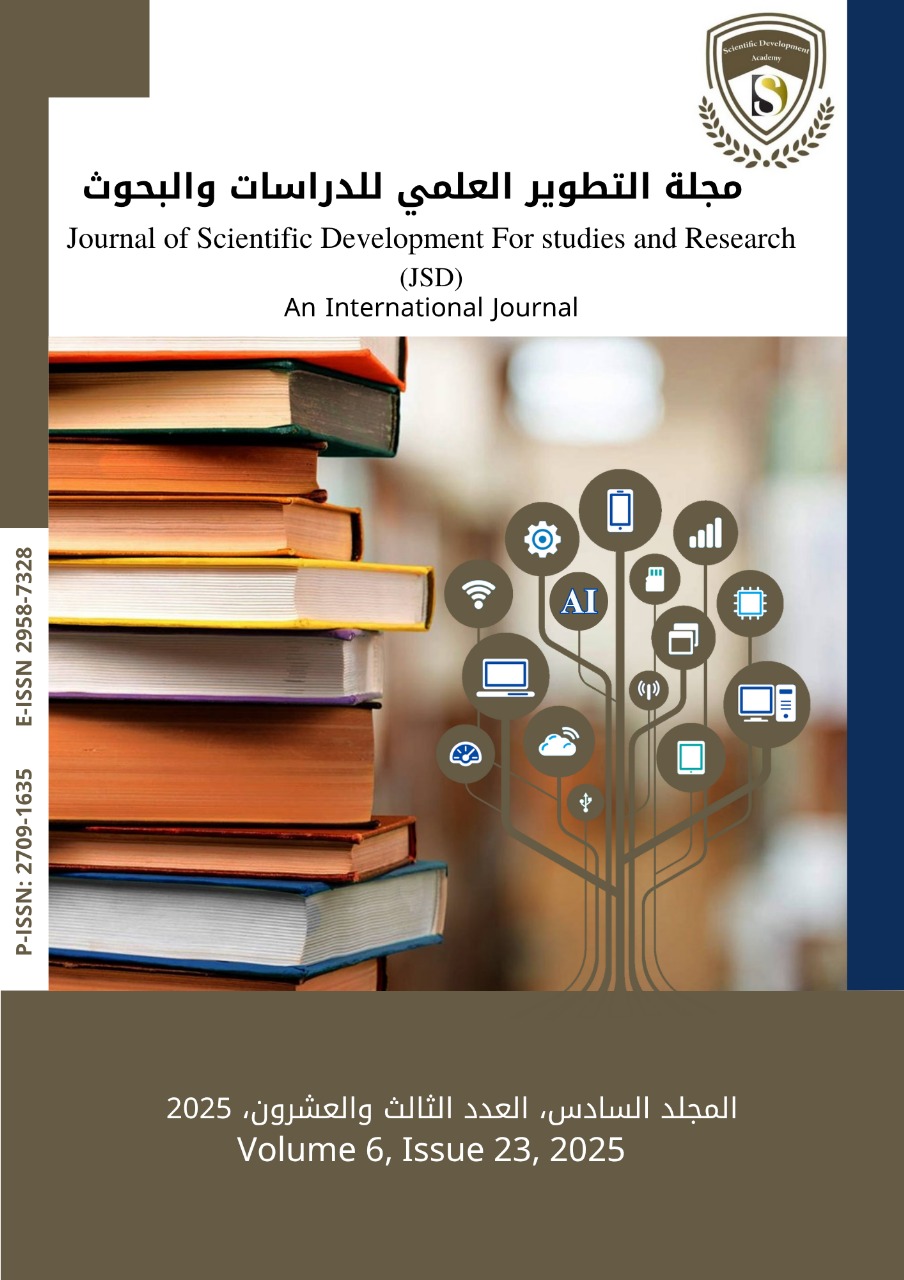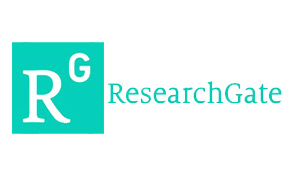Water as Source of Campylobacter jejuni and E. coli O157 contamination in broiler farms in Jordan
DOI:
https://doi.org/10.61212/jsd/424Keywords:
Jordan, one health, broiler, broiler water, prevalence, contamination;, E. coli O157, Campylobacter jejuniAbstract
The poultry industry in Jordan plays a crucial role in food security and economic stability. However, water-borne disease transmission poses significant challenges within the 'One Health' framework, particularly as climate change intensifies these risks. This study aimed to find out the prevalence of Campylobacter jejuni and E. coli O157 contamination in broiler farm in Jordan as well as the sources of this contamination.
This study involved collecting and examining samples from 10 broiler farms located in five Jordanian Governorates; Amman, Irbid, Karak, Zarqa and Madaba. This study was covered three rearing cycles of chickens in each farm. A total of (90) broiler drinking water samples and (150) broiler samples were examined for the presence of Campylobacter jejuni and E. coli O157 contamination.
Analysis done using culture and biochemical tests as well as PCR. The prevalence of C. jejuni was (76.6%) 69 as waterborne bacterial indicators in (90) broiler drinking water samples. And the prevalence of E. coli O157:H7 was (24.4%)22. However, the highest prevalence was of C. jejuni (47.3%)71 identified in (150) broilers samples and the least percentage E. coli O157 which was (14%)21.
Prevalence of Campylobacter jejuni is much higher than E. coli O157, although both are still high. Recommendation to decrease this contamination include establish drinking water guidelines and biosecurity standards to decrease waterborne bacterial disease is recommended to improve the poultry industry sanitation and population health.
Downloads
Published
Issue
Section
License
Copyright (c) 2025 Journal of Scientific Development for Studies and Research (JSD)

This work is licensed under a Creative Commons Attribution 4.0 International License.




























